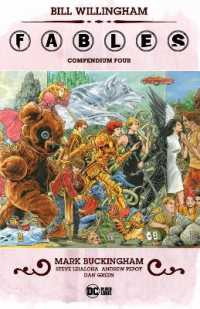Full Description
This book is firmly based on listening to people in secondary schools and beyond as they go about discovering, learning and doing mathematics. Chapters report on what is gained by listening to school students, undergraduates and adult learners. Sometimes the listening is informal; sometimes it is based on mathematics lessons or interviews. The accounts are used as models on which to base discussion of issues about mathematical understanding and about the views held about mathematics and approaches to it. "Listening Figures" is immensely useful for secondary teachers, classroom assistants, adult numeracy tutors and lecturers, and for people preparing for these roles. Teachers of mathematics will be encouraged by the examples here to consider the place of learners' voices in their own future teaching. Many of the chapters are based on empirical research and will be of particular interest to teachers carrying out small scale research projects of their own.
Contents
Introduction; 1. What Students Want(Barbara Allen); 2. Learning to Listen (Helen Drury); 3. Matchbox Algebra (Alan Graham and Roger Duke); 4. Listening to learners working with ROBOTS (Sue: Johnston-Wilder); 5. 'If you don't know math people can rob you': secondary students discuss why they learn mathematics (Kenrick Cuffy and Jenny Houssart); 6. Random listenings (Peter Johnston-Wilder); 7. learners revealing awareness and understanding (Shafia Abdul Rahman); 8. Listening as a relation(SHIP) (Andy Begg); 9. Listening to Mathematics undergraduates: what are they telling us? (Melissa Rodd); 10. Listening to mathematics students reflecting on their learning: is our language the same? (Hilary Evens); 11. Learning from listening to yourself (John Mason).








